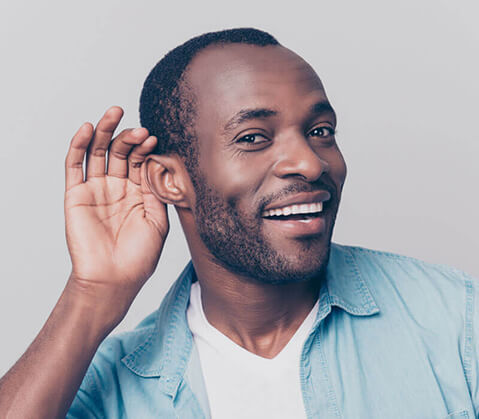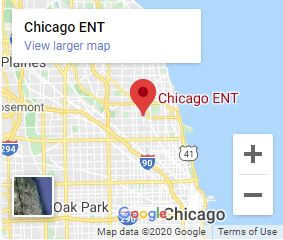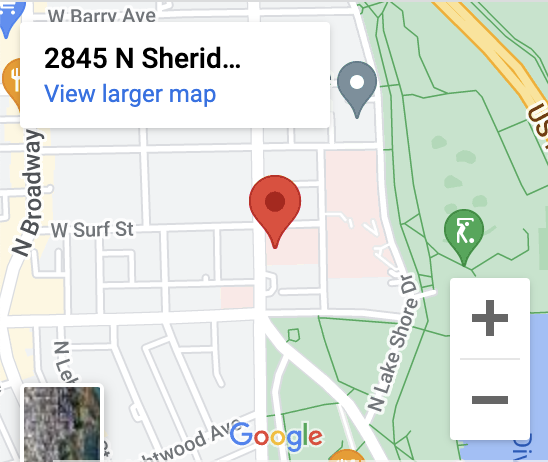Do you look in the mirror and wish your nose was smaller, more symmetric, or had a different shape? Do you feel uncomfortable when you see pictures of yourself because all you see is your nose?
If so, you may be a good candidate for a procedure called rhinoplasty. Rhinoplasty is a surgical procedure that can be life-changing for those that choose to undergo it. Keep reading for some FAQs about rhinoplasty!
What is rhinoplasty?
Rhinoplasty is a surgical procedure that changes the shape of your nose. This may be to improve your breathing, change how your nose looks, or to achieve both. With rhinoplasty, a qualified surgeon can re-shape your cartilage and/or bone to help achieve the desired change in shape – both on the inside and the outside.
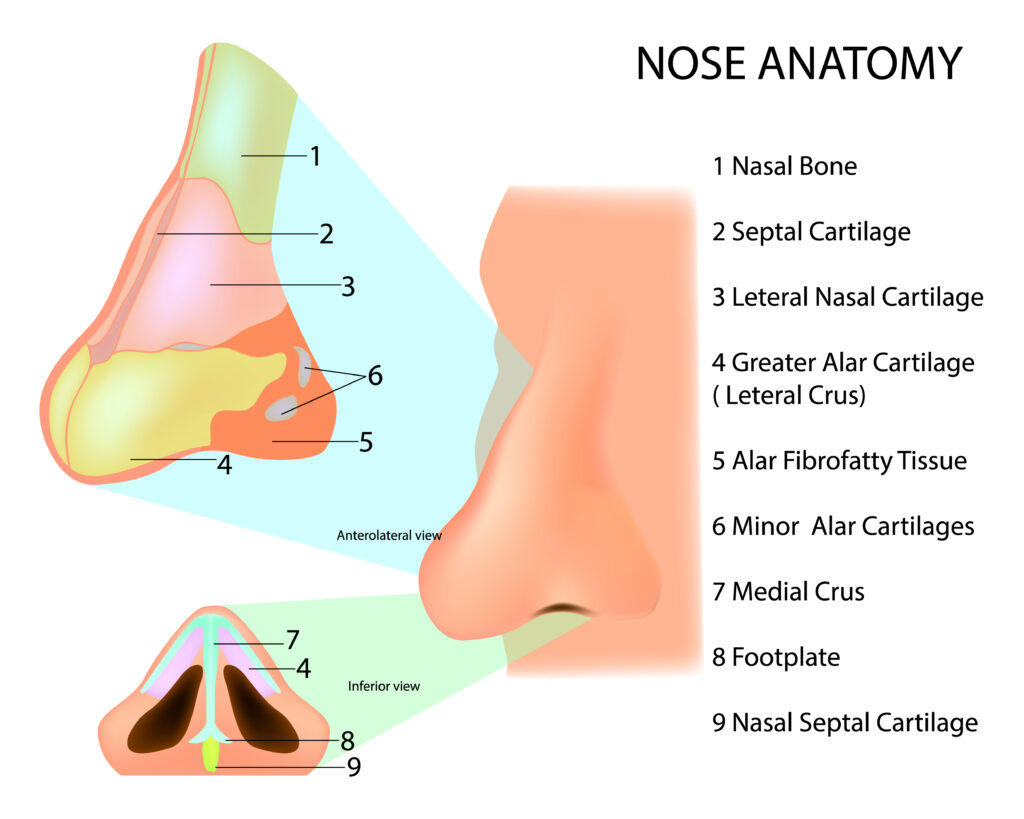
Getting a rhinoplasty requires planning on the part of your surgeon, who will need to consider several things. This includes your other facial features, what you want to change, and the skin on your nose. If you are a candidate for rhinoplasty, your surgeon will come up with a custom plan for only you.
Why is rhinoplasty done?
Rhinoplasty is usually performed because there are breathing difficulties or to change the shape, size, or proportions of the nose. You may have been born with a birth defect that you want to correct, or you may have deformities due to a past injury.

Sometimes, the reasons for getting rhinoplasty are purely cosmetic. Many people simply dislike the nose that they were born with. They may think that their nose is too big, crooked, bumpy, or doesn’t fit the rest of their face. For whatever reason, rhinoplasty can be an incredible procedure that provides a boost in self-esteem.
Another common reason for having nasal surgery is suffering from a deviated septum. With a deviated septum, you may suffer from chronic snoring, nasal obstruction, and other breathing problems. A septoplasty corrects this problem and makes it easier to breathe. This procedure is frequently done together with a rhinoplasty, and together they are called septorhinoplasty.
If you are under the age of 18, you will have to wait until you are fully grown prior to having this procedure as our nasal bones and cartilages continue to grow and change throughout puberty.
What is having rhinoplasty like?
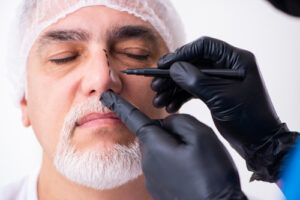
When you have a rhinoplasty, it may be done inside the nose or through a small incision at the base of your nose between the nostrils. It’s likely that your surgeon will readjust the cartilage and bone that’s located underneath the skin.
Depending on the changes that need to occur, your surgeon can change the shape of your nasal bones or cartilage in several ways. How they do this depends upon what’s being added or removed, the structure of your nose, and materials available to them.
If you only need small changes, they may use cartilage from your ear or deeper inside your nose. If larger changes are necessary, they may use bone from other parts of your body, cartilage from your ribs, or even implants.
After making all changes, your surgeon will place the skin from your nose back as well as the tissue and stitch incisions in your nose. If you’re having a deviated septum corrected, the wall between the two sides of the nose can be fixed to improve breathing.
Are the results from rhinoplasty permanent?
Yes, results from rhinoplasty are permanent. For this reason, it’s crucial that you pick a highly qualified facial plastic surgeon to perform your rhinoplasty.
The last thing you would want is to end up with a nose that you’re not happy with. Make sure that the surgeon you choose has extensive experience performing facial cosmetic surgeries like rhinoplasty.
It does take some time after rhinoplasty for bruising and swelling to go down. You might not be able to see the results from the procedure at first. There might even be some slight residual swelling that’s only apparent to you for up to a year after rhinoplasty.
Are there risks with having rhinoplasty?
There are risks with any surgical procedure and rhinoplasty is no exception. Your surgeon will go over all possible risks and complications so that you’re aware of what could happen. Possible risks associated with rhinoplasty include:
- Infection
- Suffering an adverse reaction to the anesthesia
- Scarring
- Finding it difficult to breathe through your nose
- Needing an additional surgery
- Suffering from a hole in the septum (septal perforation)
- Permanent numbness both in and around your nose
- Ending up with an uneven-looking nose
- Discoloration, swelling, or pain that persists after the procedure
Make sure you understand all risks before undergoing rhinoplasty. Follow all instructions from your surgeon for the best possible results.
Is having rhinoplasty painful?
Having rhinoplasty requires either local anesthesia with sedation or general anesthesia. Which one you get for your procedure depends on the complexity of the rhinoplasty procedure as well as the preference of your surgeon.
If you have local anesthesia with sedation, it’s usually performed in an outpatient setting and limited to a specific area of your body. Your surgeon will inject a numbing medication into your nasal tissues.
This is to ensure you won’t feel any pain during rhinoplasty. They will then sedate you using medication that’s injected through an IV line. You’ll be groggy but you won’t be totally asleep this way.
If you have general anesthesia, you will be completely asleep during the procedure, without feeling or remembering anything from the surgery.
What is the recovery after rhinoplasty like?
Once your surgery is over, you’ll be in a recovery room. Staff will check on you as you wake up, and once any anesthesia has fully worn off, you may leave later that day. If you have other health issues, you may need to stay overnight.
Once you get home, you should rest. It’s important that you keep your head raised higher than your chest. This reduces both swelling and bleeding. It’s common to experience congestion due to swelling or from any splints that were placed in your nose during the procedure.
For the first week, the internal dressings will remain in place. You’ll also have a splint taped to your nose to protect and support it.

It’s normal if you experience bleeding and mucus drainage for the first few days. You may also have what’s called a “drip pad” placed under your nose to absorb any excess drainage since you are not allowed to blow your nose during your recovery period. It’s important that you take it easy after the surgery and rest at home.
During the 1st week after your rhinoplasty, you’ll want to be as careful as possible with your new nose. This means things like:
- Not blowing your nose
- Taking baths instead of showers while bandages are on your nose
- Avoiding constipation by eating high-fiber fruits and vegetables
- Be gentle when brushing your teeth to reduce movement of your upper lip
- Avoid wearing clothes that you have to pull over your head, only wear clothes that fasten in the front instead
- Do not take part in any strenuous activities
Even if you practice these recommendations, you’ll probably still end up experiencing swelling. You may notice temporary black-or-blue discoloration on your eyelids for 7 to 10 days after your procedure.
Several days to a week after your surgery, any splints inside your nose and tape and cast on the outside will be removed by your surgeon. You’ll feel a lot better after this and can go back to work. For the next several weeks, while your nose is still healing, it’s important to continue to avoid blowing your nose and strenuous activity. You’ll also want to protect your nose from any potential blows or from being bumped while it is still healing.

A lot of the swelling will be gone by 2 months after your surgery, but it may take up to 1 year or longer for any residual swelling to completely dissipate. These subtle, final changes are usually only noticeable to you and close friends or family, and you’ll likely already begin to love seeing the changes of your new nose.
Ready to find out if rhinoplasty could be right for you? Schedule an appointment at Chicago ENT in Chicago, IL! It’s time to love the skin you’re in!







